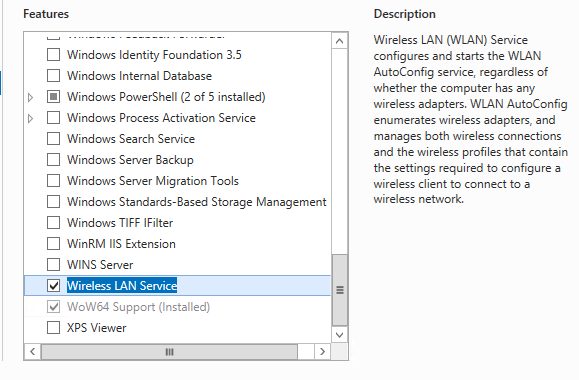3.1 Location Awareness Lite vs. Location Awareness
Both location awareness modes enable the ZENworks Adaptive Agent to determine a device’s current Configuration and Security locations and enforce the appropriate settings, policies, and bundles:
-
Location Awareness Lite: The agent uses network information provided by the operating system. This mode has limitations that the full Location Awareness mode does not. See Location Awareness Lite Limitations for details.
If you use Location Awareness Lite mode and a device also has ZENworks Endpoint Security Management installed and enabled, the device uses Location Awareness mode instead. This occurs because ZENworks Endpoint Security Management and Location Awareness mode use the same ZENworks drivers. The agent detects that the drivers are installed and automatically switches to full Location Awareness mode, regardless of the mode setting.
-
Location Awareness: The agent installs ZENworks drivers to collect network information. The drivers provide more detailed information than the operating system, which enables the agent to make a more accurate determination of the location.
3.1.1 Location Awareness Lite Limitations
Because Location Awareness Lite does not use the ZENworks drivers and depends solely on the operating system for network information, this mode has limitations that the Location Awareness mode does not. Some limitations appear on all operating systems and some on specific operating systems only.
All Operating Systems
-
Location change latency: In Location Awareness mode, location changes are event driven. As soon as a ZENworks driver detects a network change, the change is sent to the agent so that the location assignment can be changed immediately (if necessary). In Location Awareness Lite mode, however, location changes are based on polling. The agent periodically polls the operating system for network information and determines if a location change is required. The result is that location changes are typically slower in Location Awareness Lite mode than in Location Awareness mode.
-
Inaccurate network adapter classification: As network adapters enumerate to the operating system, they can mask their device type. For example, an 802.11 wireless adapter might indicate that it is an Ethernet device. Modems and cellular devices can also do this. Because of this, any location awareness that is based on network adapter classification can be inaccurate. This is not the case in Location Awareness mode, because the drivers validate the adapter type.
Windows XP, Windows Server 2003, and Windows 2003 R2
-
Wireless SSID and MAC address information unavailable: In Location Awareness Lite mode, both wireless (802.11) SSID and MAC address information is not available. This means that network environment definitions based solely on this information cannot be matched.
Windows Vista, Windows 7, Windows 8, and Windows 10
-
WLAN service required: The wireless (802.11) controls require that the WLAN service is installed and running on a device. If the service is disabled, wireless SSID and MAC address information is not available (similar to the Windows XP/2003 issue described above). Any network environment definitions based solely on this information are never matched.
Windows Servers: 2008, 2008 R2, 2012, 2012 R2, and 2016
-
WLAN service required: The wireless (802.11) controls require that the WLAN service is installed and running on a device. The WLAN service on these servers must be manually installed via the Features option in the Windows Server Manager. Without this service installed and enabled, any network environment definitions based solely on this information are never matched.

3.1.2 Location Awareness Mode Transitions
When a device transitions from one Location Awareness mode to another, the ZENworks drivers are either installed or removed. Because these are kernel drivers, the device must be rebooted for the change to take effect.
The timing of the reboot is determined by the Reboot Behavior setting in the Agent Features panel.